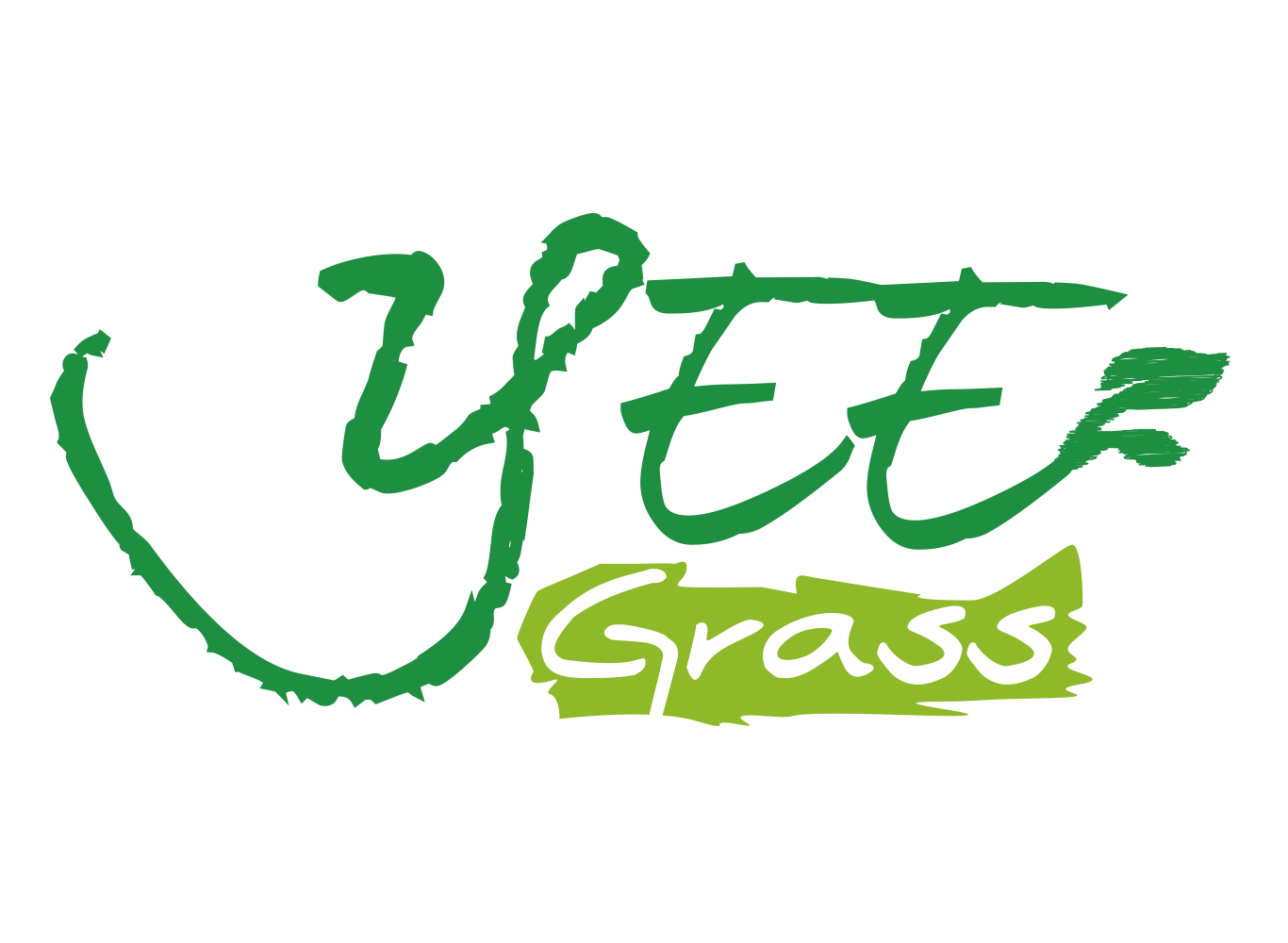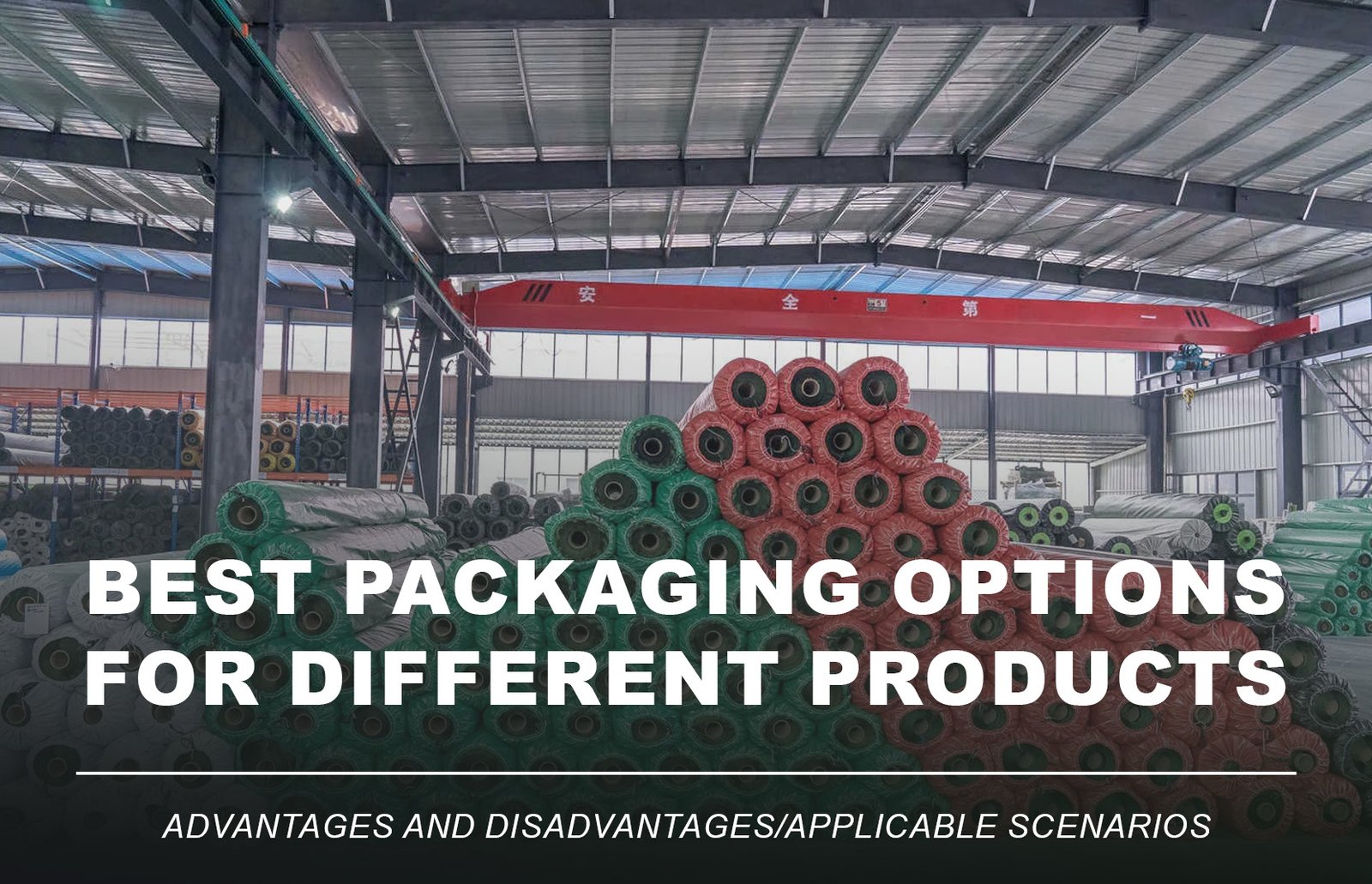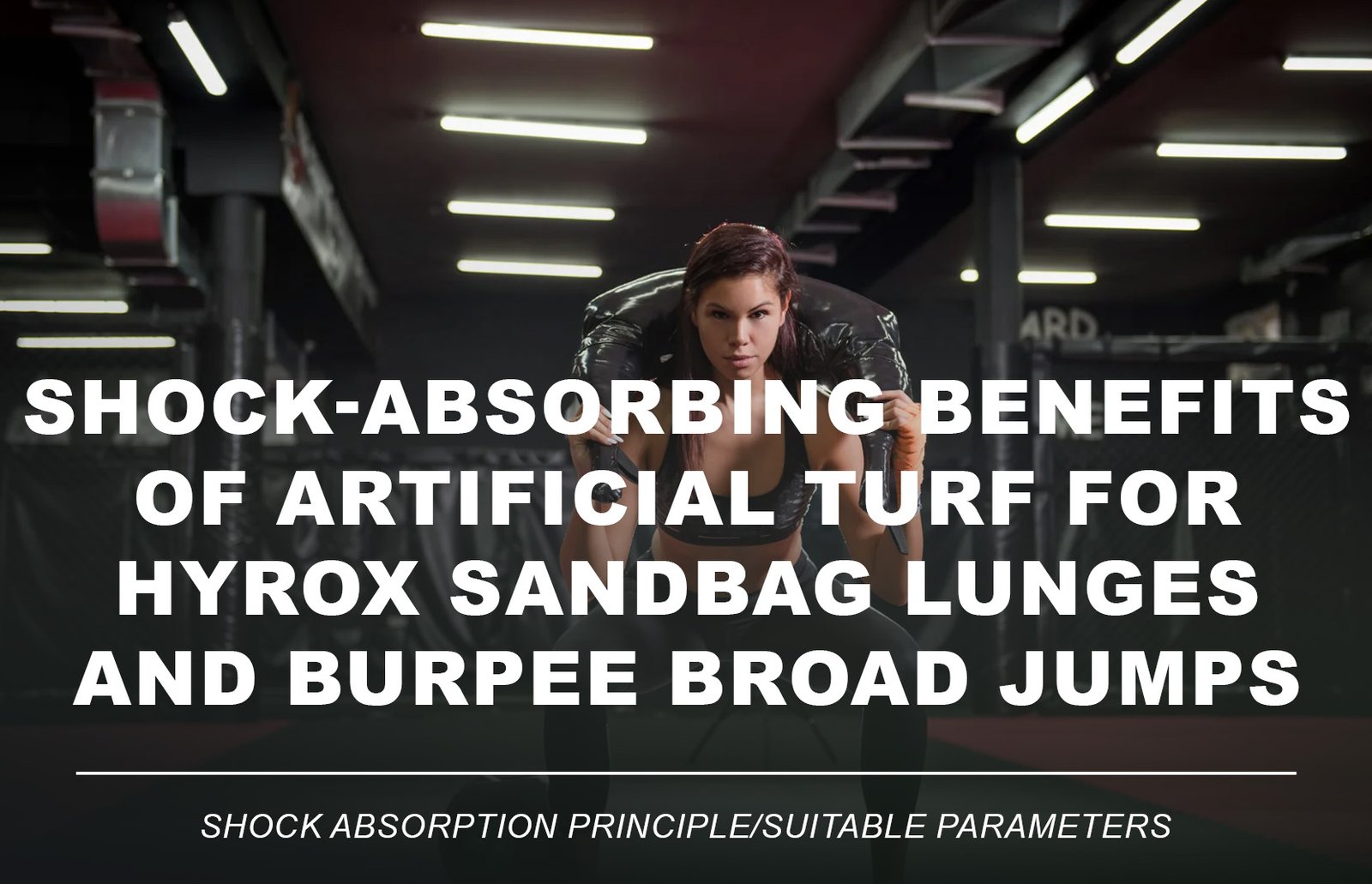1.Why Surface Matters in Functional Training
When it comes to functional training flooring, the right surface isn’t just about aesthetics—it’s about performance, safety, and long-term durability. Whether you’re setting up a sled turf track, a CrossFit turf zone, or a HIIT training area, the flooring you choose directly impacts workout quality, safety, and equipment longevity.
Two popular gym flooring options dominate the landscape: gym turf and rubber gym flooring. But which one is better suited for functional fitness?
Let’s break it down.

2.What Is Gym Turf and Rubber Flooring?
(1)Gym Turf
Artificial turf for gyms, often referred to as gym turf, is a synthetic surface made from polypropylene or nylon fibers, commonly used in functional training gyms, athletic facilities, and sports performance centers. It’s typically paired with a foam or rubber underlay for added shock absorption.



Key Features:
- Ideal for sled pushes, battle ropes, and agility drills
- Medium friction surface allows controlled sliding motion
- Can be fully customized with logo turf, yard lines, or branded turf designs
(2)Rubber Flooring
Rubber gym flooring is made from recycled rubber or EPDM and comes in rolls, interlocking tiles, or mats. It’s widely used in strength training zones, CrossFit boxes, and HIIT workout areas due to its durability and shock-absorbing properties.



Key Features:
- Excellent support for free weights and plyometric movements
- Non-slip surface for high-intensity, fast-paced training
- Easy to clean and maintain
3. Gym Turf vs Rubber Flooring: Head-to-Head Comparison
| Feature | Gym Turf | Rubber Flooring |
| Shock Absorption | ✅ With underlay | ✅ Variable by thickness |
| Friction | Medium – great for sled turf flooring | High – limits sliding |
| Durability | High for sled training | Excellent for weights and HIIT |
| Cleaning | Requires brushing/vacuum | Easy to mop or wipe |
| Versatility | Best for functional and agility turf | Ideal for weightlifting & HIIT |
| Customization | High – supports custom gym turf with logo | Limited visual design |
| Cost | Medium to high | Medium |
4. Which Floor Works Best for Specific Functional Training Exercises?
Let’s look at how each surface performs with core functional fitness training movements:

(1)Sled Push/Pull:
Gym turf is the best choice. It provides a smooth but resistant surface, ideal for sled push workouts and indoor sled tracks.

(2)Battle Rope:
Turf gives better foot comfort and resistance for quick shuffles. Turf lanes create a more defined functional training turf zone.
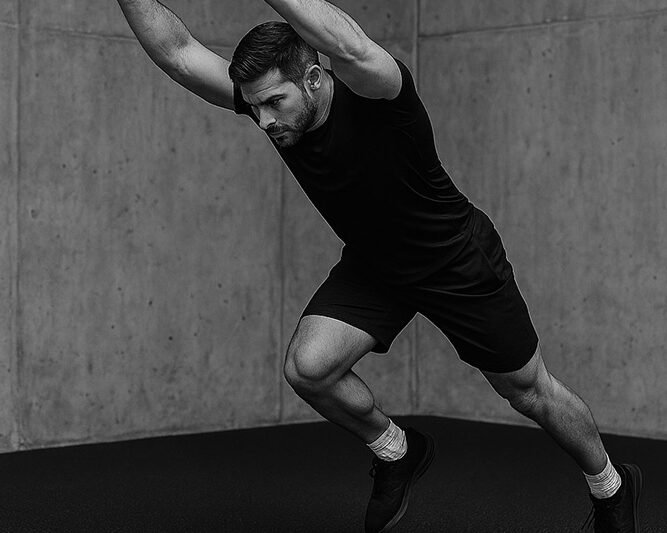
(3)Jump Training / Plyometrics:
JumRubber flooring reduces impact stress on joints, making it safer for repetitive jumps and HIIT workouts.

(4)HIIT Circuits:
Rubber flooring excels here—non-slip, durable, and easy to clean after high-intensity interval training sessions.

(5)Agility Drills & Sprints:
Turf better mimics outdoor grass feel, making it the ideal choice for agility turf flooring in indoor spaces.
5.Recommended Setups by Gym Type

(1)Commercial Gyms:
Combine gym turf lanes with rubber gym flooring to zone workout areas. Turf separates sled push training zones from free weight areas visually and functionally.

(2)CrossFit Boxes:
Use CrossFit turf flooring for sled work and mobility drills, and rubber tiles for barbell lifting and metcon workouts.
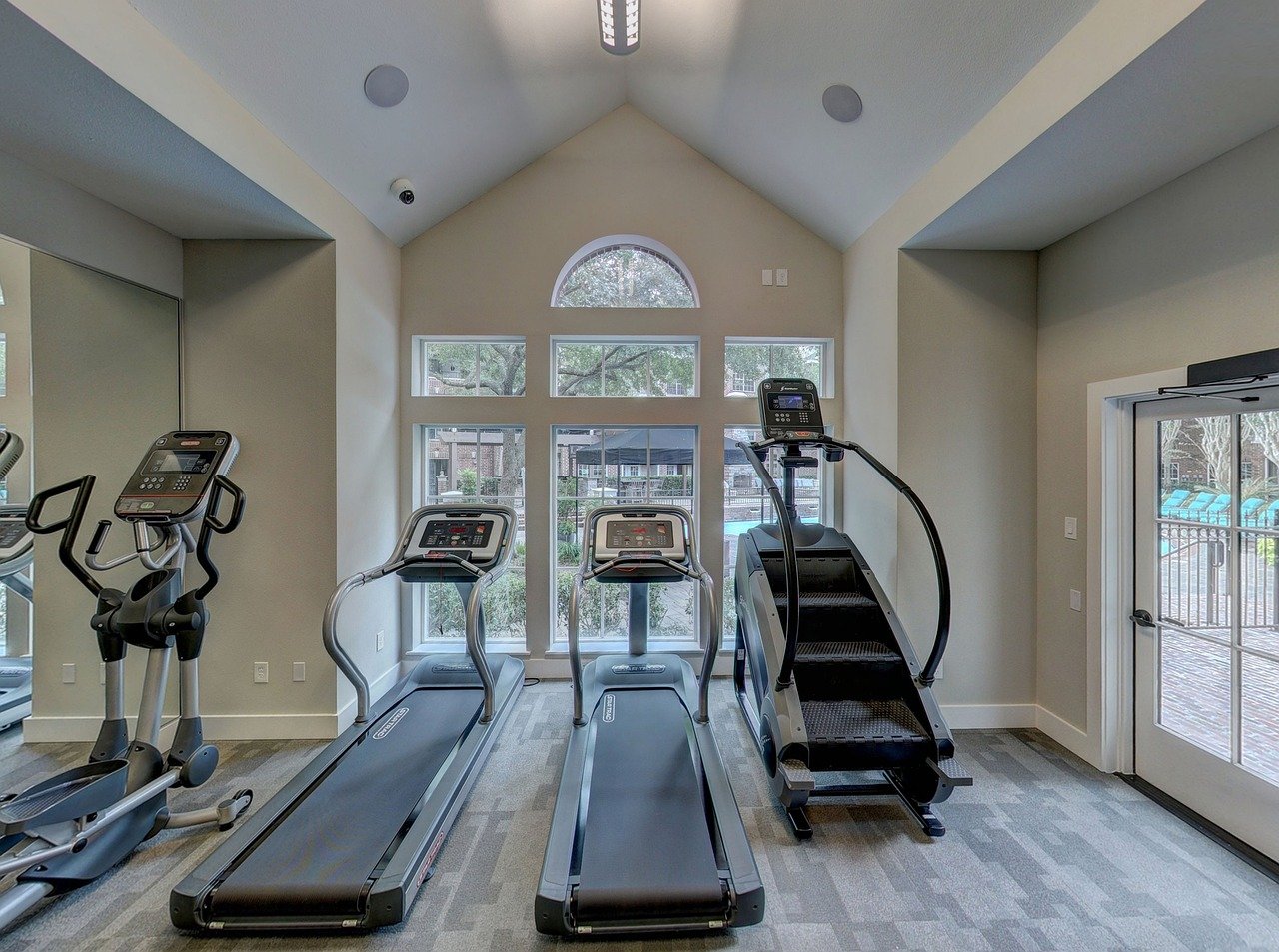
(3)Home Gyms:
Rubber is cost-effective, low-maintenance, and perfect for small spaces. Portable roll-out turf for home gyms can be added for sled work.

(4)Bootcamp Studios:
Synthetic turf for training facilities provides visual energy and comfort for warm-ups, speed drills, and team workouts.
6. Other Considerations for Choosing Gym Flooring
- Installation:
Rubber rolls are quicker to install. Turf may need adhesives and precise cutting—especially for custom turf with logos. - Slip Resistance:
Rubber has superior traction, great for sweaty sessions. Turf provides good grip with a natural foot feel. - Visual Appeal & Branding:
Turf can be customized with logos, zone markings, or bright color lanes—ideal for branded gym flooring. - Eco-Friendliness:
Look for lead-free gym turf or recycled rubber flooring to enhance your gym’s sustainability.
7.Final Verdict: Which One Should You Choose?
There’s no single winner. Your decision depends on the type of training, space design, and your budget.
- Choose gym turf if your workouts include sled pushes, agility training, or if you want a visually distinctive functional training turf area.
- Choose rubber gym flooring for HIIT, CrossFit, strength training, and ease of maintenance.
For most training facilities, a hybrid layout—turf for functional training and rubber for weights—delivers the best performance.
8.Ready to Upgrade Your Functional Training Space?
Looking for custom gym turf with logo, high-density rubber flooring rolls, or expert advice on functional training flooring? Contact us today for tailored gym flooring solutions that match your performance needs and branding vision.








